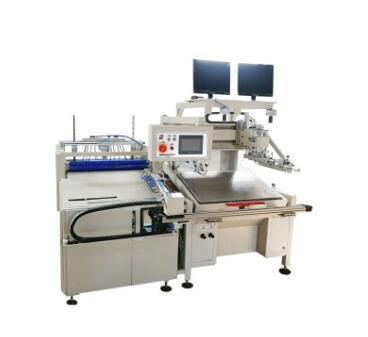Precision in Prepress: The Art of Preparing Printing Plates for Offset Printing
2024-01-20
Introduction:
The world of offset printing relies on a meticulous and multi-step process to achieve high-quality printed materials. At the heart of this process is the prepress stage, where printing plates are meticulously prepared to ensure accurate reproduction of the intended design. In this blog, we'll explore the intricacies of how printing plates are prepared in the prepress stage of offset printing, highlighting the precision and attention to detail that goes into creating vibrant and consistent prints.
1. Design and Layout Preparation:
The prepress process begins with the designer creating the artwork and layout of the printed material using graphic design software. This digital file serves as the blueprint for the final printed piece, including all images, text, colors, and layout specifications.
2. Image Separation:
In color printing, images are often separated into four primary ink colors: Cyan, Magenta, Yellow, and Black (CMYK). This separation process involves breaking down the full-color image into these four color channels, each representing one of the ink colors. This step ensures that each color is printed with precision during the offset printing process.
3. Color Correction and Proofing:
The separated images undergo color correction to ensure accurate and consistent color reproduction. Proofing is then carried out to create a physical or digital representation of how the final print will appear. This proof is reviewed for color accuracy, image clarity, and overall design alignment.
4. Creation of Film Negatives:
The color-separated images are used to generate film negatives for each printing plate. These film negatives act as a template for the creation of the actual printing plates. Each film negative corresponds to one of the color channels (CMYK).
5. Plate Coating:
Printing plates are typically made of aluminum. In the prepress stage, these plates are coated with a light-sensitive emulsion. The emulsion hardens when exposed to UV light, creating a pattern that mirrors the image on the film negative.
6. Exposure and Development:
The coated plates are exposed to UV light through the film negatives in a controlled environment. The areas exposed to light harden, while the unexposed areas remain soft. The plates are then developed to remove the soft, unexposed emulsion, revealing the image in relief on the plate.
7. Plate Alignment:
Once the printing plates are developed, they undergo precision alignment to ensure that each plate is in perfect register with the others. Registration is crucial to avoid color misalignment and achieve a sharp and accurate print.
8. Plate Mounting on the Press:
The prepared and aligned printing plates are mounted onto the printing press. The press is configured to apply ink to the plates, which then transfer the ink to a rubber blanket before finally transferring the image onto the printing substrate (paper or other material).
9. Ink Fountain Adjustment:
The press operator adjusts the ink fountain to control the amount of ink applied to each printing plate. Fine-tuning this process ensures consistent ink distribution and vibrant color reproduction across the entire print run.
10. Test Runs and Quality Control:
Before initiating the full print run, test runs are conducted to check for any issues in color, registration, or image quality. Press operators closely monitor these test prints and make adjustments as needed to achieve optimal results. Quality control measures are integral to ensuring a flawless final print.
Conclusion:
The prepress stage of offset printing is a meticulous and collaborative process where precision and attention to detail are paramount. From the initial design to the preparation of printing plates and the final print run, each step plays a crucial role in delivering high-quality printed materials. The artistry and technology involved in prepress set the stage for vibrant, consistent, and visually stunning prints that capture the essence of the original design.



